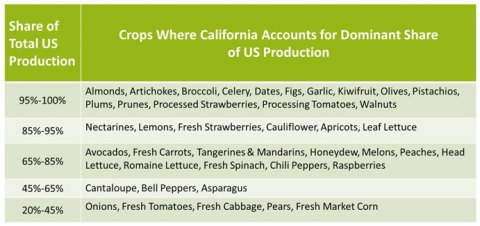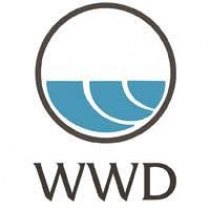Westlands Food for Thought: The silent squeeze on California agriculture
And yet, due to restrictive water policies, California agriculture is facing an existential threat. Water supply shortages during the 2013-16 drought were exacerbated by policies adopted for the putative protection of fish. The efficacy of many of those policies are being reevaluated by the United States Department of the Interior, but the State is pursuing new programs that could further reduce water supplies, even during average or wet hydrologic years.

The State Water Resources Control Board (SWRCB) is considering mandates that would increase river flows and Delta outflow with its proposed updates to the Water Quality Control Plan. If the SWRCB adopts the proposal made by its staff, even more water will be taken away from farms, businesses, and communities.
Indeed, the SWRCB staff estimates water supplies in areas south-of-Delta served by the Central Valley Project will be reduced by as much as 26%. These reductions will be borne by irrigation water service contractors and will be in addition to water supply reductions caused by actions to implement the 2006 Bay-Delta Plan, the Central Valley Project Improvement Act, and the Endangered Species Act of 1973 (16 U.S.C. 1531 et set.).
It’s time for honest in the very worthwhile debate about how YOUR water is being prioritized.
Agriculture
- Greater Kings County Chamber of Commerce seeks President/CEO
- Former Lemoore Tiger wrestling star, Alex Perez, battles Saturday night, Nov. 21, for UFC title in Las Vegas
- Talented Tiger wrestler plans to continue championship wrestling ways at Menlo College
- Local woman and daughter helping to keep friends and health workers safe with their homemade face masks
- Supervisors order public to 'shelter in place immediately' as more cases reported Updated 5 years ago
- Kings County Health Department update: third case diagnosed with COVID-19 Updated 5 years ago
_0.jpg)

.jpg)




